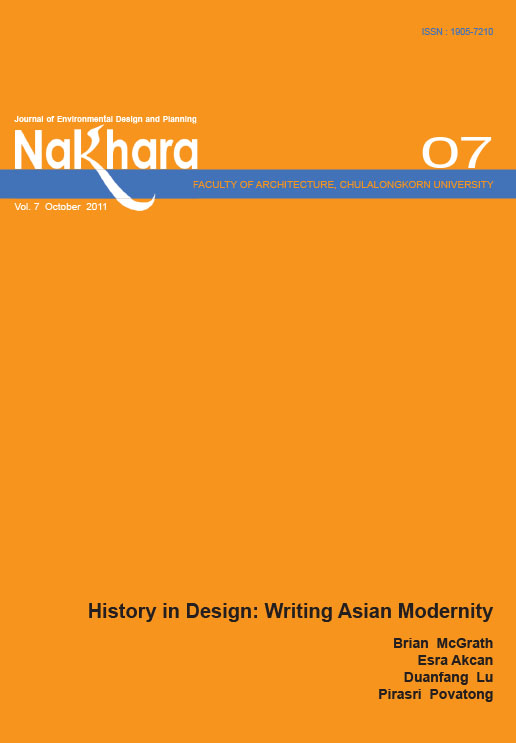Public/Private Open Space?: Analysis of Multiple Intensive Land Use in Hong Kong
Main Article Content
Abstract
Hong Kong comprises a unique situation in the world where extreme high density, overcrowding,
scarcity of buildable land, land-use intensifi cation and economic viability are the major driving forces, as well as constraints, for urban development. Most people want to live adjacent to the Central Business District area and accept super high-rise living. The most appropriate regulatory ground and emerging solution for this extreme situation is the Multiple Intensive Land Use (MILU) law. MILU requires open spaces within dense development for both the residential inhabitants and all the citizens of Hong Kong. These legislated urban open spaces are constructed by private developers, publicly owned, but privately operated or managed. This is an example of a symbiotic agreement of public and private partnership (PPP) for public benefi t. However, designers act for the developer’s benefi ts often in opposition to public benefi ts in many cases. This paper outlines research investigating the real condition of public open space resulting from MILU and measures its success from urban design perspectives. Are MILU open spaces accessible, legible, and usable for the public? Hong Kong needs more ‘truly urban open space’ for its citizens to interact, have recreation, relax, circulate, eat and play. From this point of view it is essential to analyse critically the quality and the design nature of privately built and managed public open space in MILU development.

